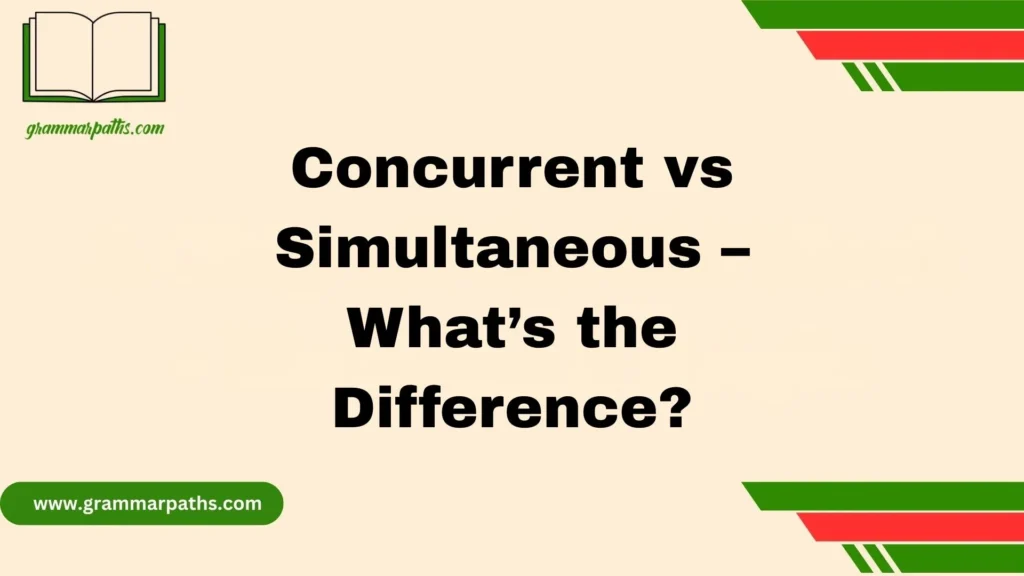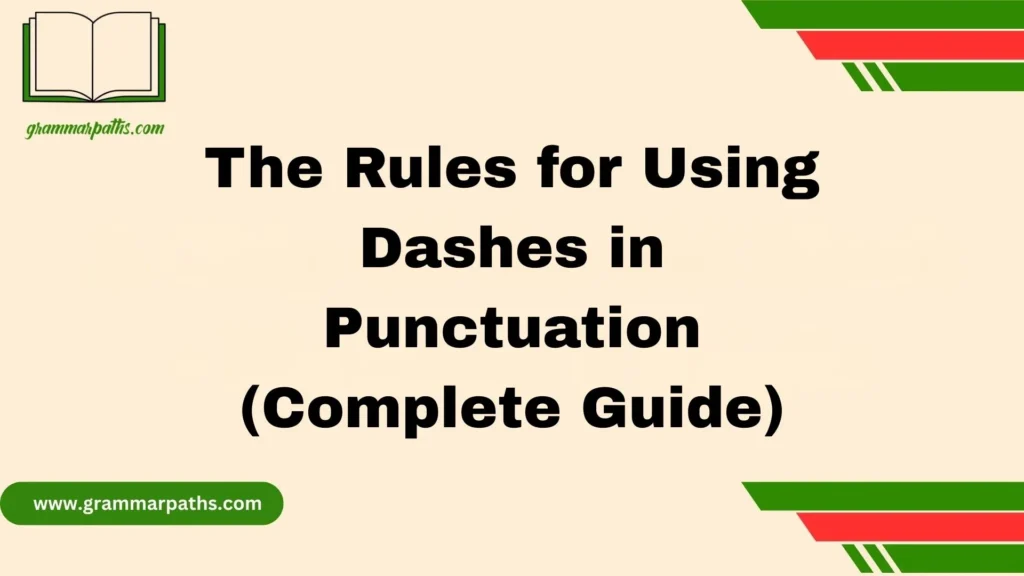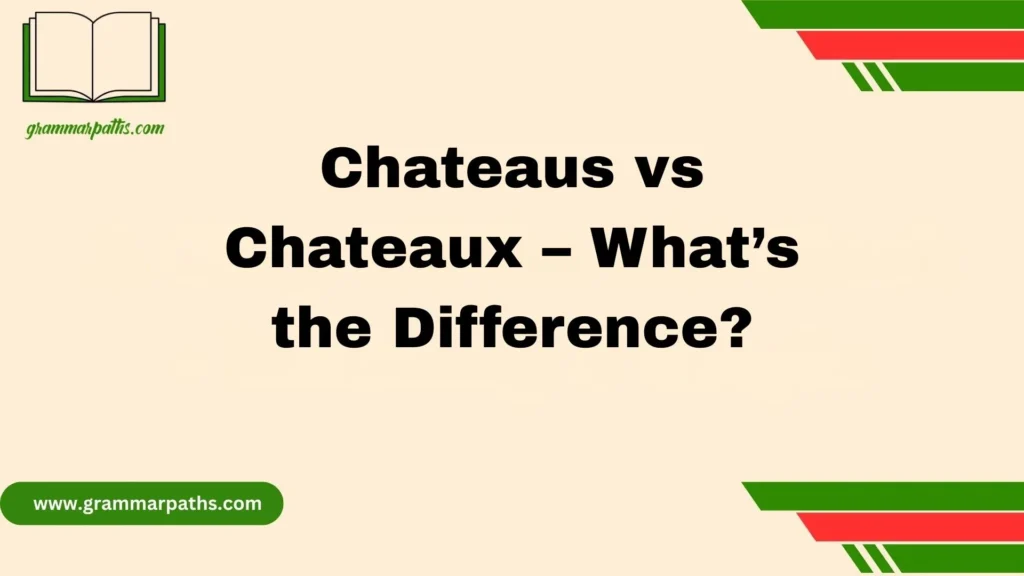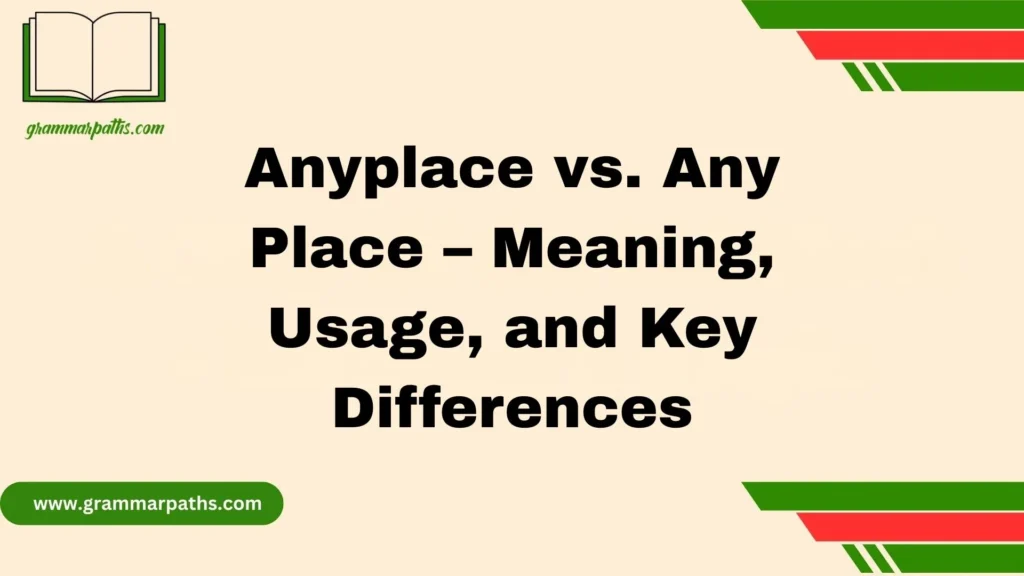When I first started writing professionally, even as a fairly experienced editor, I often paused at whether to say “the team who” or “the team that.” It’s not as simple as it sounds, especially when Grammar feels like a tricky puzzle with rules that keep shifting. Over time, and through proofreading, editing, and countless reviews, I began to spot the nuances.
A team, by nature, is a collective noun, so the correct usage of pronouns like that, who, or which really impacts the tone and flow of your sentence, especially in formal contexts. The choice between them depends on whether you’re focusing on the group as a single entity or on the individuals that make it up.
Many skilled writers and speakers still struggle with this. Let’s briefly delve into the practical side of things. If you’re referring to the people in the team — let’s say, “the team who won the championship” — you’re making it personal and humanizing the group. That phrasing fits best in natural, often British, settings, or when trying to sound more authentic.
But if you’re aiming for a more neutral, technical, or American tone, “the team that practiced all year” may be preferred, as it treats the team as one thing. These subtle distinctions matter. The wrong choice can turn a crafted message into a grammatical nightmare, and suddenly, the message doesn’t come across as clearly as you intended.
Quick Reference Table: “Who,” “Which,” and “That”
| Pronoun | Refers To | Type of Clause | Punctuation | Example |
| Who | People | Restrictive & Non-restrictive | Optional commas | The doctor who treated me was kind. |
| Which | Things or ideas | Non-restrictive only | Requires commas | The laptop, which I bought yesterday, broke. |
| That | People (rare), Things | Restrictive only | No commas | The book that I borrowed is missing. |
Tip: Restrictive clauses give essential info. Non-restrictive add extra details.
“Who” – The Pronoun for People
“Who” is always used to refer to people. It can be used in both restrictive and non-restrictive clauses.
When to Use “Who”:
- When referring to a specific person or group of people.
- To provide essential (restrictive) or additional (non-restrictive) information.
Examples:
- The teacher who assigned the project gave us a deadline. (Restrictive)
- My uncle, who lives in Texas, is visiting. (Non-restrictive)
Common Mistake:
Using “that” for people.
Incorrect: The man that called you is my boss.
Correct: The man who called you is my boss.
Extra Insight:
“Whom” is the object form of “who” and is technically correct in sentences like:
- The person whom I met yesterday was kind.
But in everyday speech, “who” is often preferred unless you’re writing formally.
“Which” – The Clarifier for Things (Non-Essential Info)
“Which” refers to things and introduces non-restrictive clauses—those that add extra information that isn’t necessary to understand the sentence.
When to Use “Which”:
- When you’re adding descriptive info about a noun that is already clearly defined.
- To provide additional, non-critical details.
Examples:
- Her phone, which has a cracked screen, still works fine.
- The software, which updates automatically, saves a lot of time.
Grammar Note:
Always use commas with “which” because the info is non-essential.
Compare:
- My bike that has a blue frame is stolen. (You have more than one bike.)
- My bike, which has a blue frame, is stolen. (Only one bike; frame color is extra detail.)
“That” – The Restrictor for Essential Details
“That” is used for restrictive clauses, which give information essential to understanding the noun. It can refer to both people and things, but it’s typically used for things.
When to Use “That”:
- When the clause defines or identifies the noun.
- When removing the clause would change the meaning of the sentence.
Examples:
- The movie that won the Oscar was incredible.
- The company that develops this app is based in New York.
Do Not Use Commas:
Unlike “which,” never use commas with “that” in restrictive clauses.
Incorrect: The painting, that hangs in the hall, is expensive.
Correct: The painting that hangs in the hall is expensive.
The Restrictive vs. Non-Restrictive Clause Rule
Understanding clause types is the secret to unlocking correct pronoun usage.
Restrictive Clause:
- Gives essential information.
- No commas used.
- Usually uses “that” (sometimes “who”).
Example:
The engineer who designed the bridge deserves the credit.
This identifies which engineer.
Non-Restrictive Clause:
- Gives extra or descriptive info.
- Uses commas.
- Usually uses “which” or “who”.
Example:
Dr. Lawson, who designed the bridge, is retiring.
We already know who she is; the clause adds detail.
What About Teams and Companies?
This is where confusion spikes. Should we write “Team who,” “Team which,” or “Team that”?
The Grammar Breakdown:
- Teams and organizations are collective nouns.
- In American English, they’re usually treated as singular things.
- In British English, collective nouns are often treated as plural.
Preferred Usage in U.S.:
- Team that – correct
The team that won the championship was thrilled. - Team which – acceptable in formal writing
The team, which trained for months, celebrated the win. - Team who – not typically correct unless personification is intended
The team who gave their all (poetic or branding context).
Grammar in Context: Style Guides vs. Real-World Usage
Different industries follow different grammar standards.
| Style Guide | “That” vs. “Which” Rules |
| Chicago Manual of Style | Strictly separates “that” (restrictive) and “which” (non-restrictive) |
| AP Stylebook | Same as Chicago; recommends clarity |
| MLA Handbook | Permits flexibility but encourages adherence to standard grammar |
Quote from Chicago Manual:
“Use ‘that’ for restrictive clauses, ‘which’ for nonrestrictive ones. Don’t mix them.”
In everyday language (emails, blog posts, social media), audience tone matters more than rules—but knowing the rules means you know when and how to break them effectively.
Common Mistakes and How to Fix Them
- Using “which” in restrictive clauses
- The book, which I read last night, is great.
- The book that I read last night is great.
- The book, which I read last night, is great.
- Using “that” for people
- The woman that called you is here.
- The woman who called you is here.
- The woman that called you is here.
- Forgetting commas with “which”
- The laptop which I love is old.
- The laptop, which I love, is old.
- The laptop which I love is old.
- Overusing “who” for animals
- “Who” can be used if the animal is personified (e.g., a pet).
- Otherwise, use “that” or “which.”
- “Who” can be used if the animal is personified (e.g., a pet).
- Mixing up clause types
- Know the difference between essential and non-essential info.
- Apply commas and word choice accordingly.
- Know the difference between essential and non-essential info.
When Grammar Rules Can Be Bent (and When They Can’t)
Safe to Bend:
- In branding or marketing, “who” might be used for teams to sound more human.
- Casual speech allows “which” and “that” to overlap, especially online.
Don’t Bend:
- In legal, academic, or formal business writing.
- When clarity is vital (contracts, medical content, policies).
Quiz Yourself: Which, Who, or That?
Choose the correct relative pronoun:
1. The car ___ was stolen was a red Tesla.
2. The player, ___ broke his leg, won’t play again this season.
3. My friend ___ works at NASA is a rocket scientist.
4. The app ___ you downloaded is glitchy.
5. Our dog, ___ we rescued last year, is now healthy.
Answer Key:
- that
- who
- who
- that
- which
Final Grammar Tips for Better Writing
- Use a style checker like Grammarly or Hemingway to find inconsistencies.
- Read aloud to spot awkward phrasing.
- Print your draft and underline every “that,” “which,” and “who.” Check if they’re right.
- Keep a cheat sheet nearby.
- Use this simple rule:
“That” = necessary info
“Which” = extra info
“Who” = people
Summary Table: Choosing Between “Which,” “Who,” and “That”
| Use Case | Correct Word |
| Referring to a person | who |
| Referring to a pet (as family) | who |
| Referring to an object (non-essential) | which |
| Referring to an object (essential) | that |
| Describing a company/team (formal) | that / which |
| Writing formally or legally | that / which |
Frequently Asked Questions
Which is correct, team was or team were?
Both can be correct depending on context. In American English, “team was” is standard because “team” is treated as a singular unit. In British English, “team were” is common when focusing on the individual members of the team.
Do you use who or which for a group?
Use “who” when referring to a group of people (e.g., “the team who won”). Use “which” when referring to a non-human group or when treating the group as an object (e.g., “the team which won the award”).
What type of grammar is team?
“Team” is a collective noun, meaning it refers to a group of individuals as a single entity. Depending on regional grammar rules, it can be treated as singular or plural.
Is it which team or what team?
Both are correct, but they’re used differently. “Which team” is used when choices are limited or known. “What team” is used when there are many or unknown possibilities.
Who or what is your team?
“Who is your team?” is used when emphasizing the people in the team. “What is your team?” is more general and may refer to the name or identity of the group, like a sports team or company division.
Final Thought:
Choosing between “Team Who,” “Team That,” and “Team Which” may seem like a minor grammar detail, but it plays a crucial role in ensuring clarity, consistency, and correctness in your writing. Each relative pronoun serves a distinct purpose—“who” for people, “that” for restrictive clauses, and “which” for non-restrictive clauses. When it comes to collective nouns like “team,” the choice depends on whether you’re emphasizing the group as a single entity or the individuals within it.

Emma Brooke is a passionate language expert and contributor at GrammarPaths.com, where she helps learners navigate the complexities of English grammar, idioms, and effective writing. With a strong academic background and years of teaching experience, Emma excels at turning tricky grammar rules into simple, practical lessons that readers can easily grasp.












